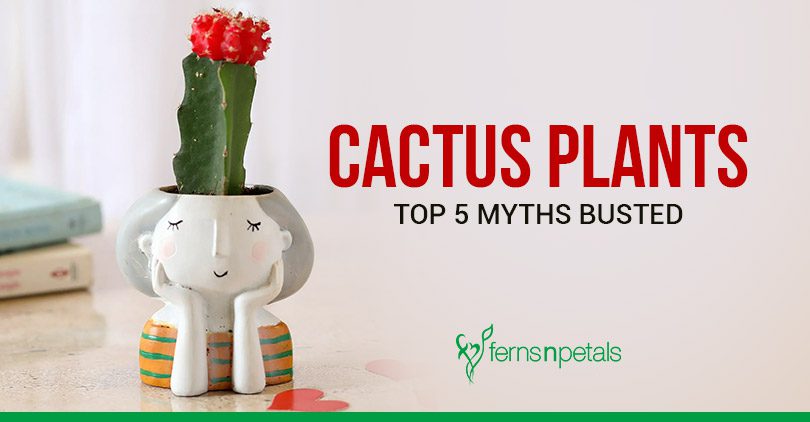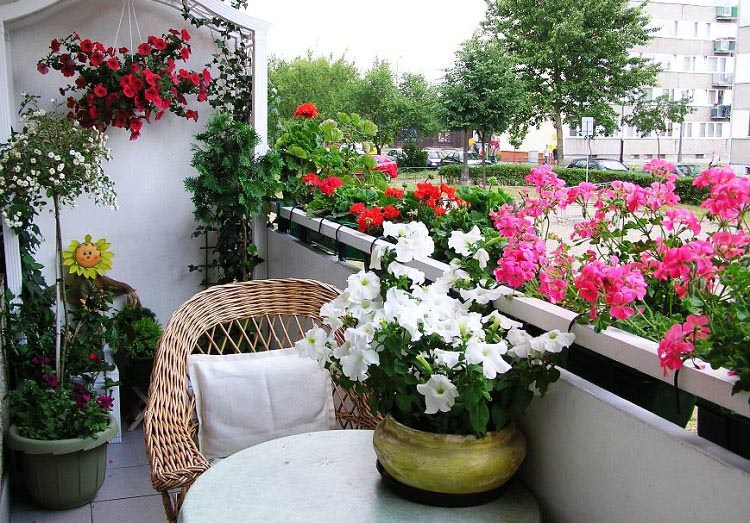Cacti, members of the Cactaceae family, are fascinating succulents known for their spiky appearance and incredible ability to thrive in arid conditions. While many believe these hardy plants require zero care, the truth is far more intriguing! From their symbolic meaning to their surprising growth habits, cactus plants are full of surprises.
Beyond their striking looks, there are numerous benefits of cactus plants—they purify the air, require minimal maintenance, and even boost mental well-being by adding a touch of nature to indoor spaces.
Let’s debunk the top myths surrounding these prickly wonders and uncover why they make such meaningful gifts and delightful houseplants.
Myth #1: Cactus Plants Do Not Need Water
One of the biggest misconceptions is that cacti can survive indefinitely without water. While it’s true they store moisture in their stems, they do need hydration to thrive.
- Underwatering leads to stunted growth, while overwatering causes root rot.
- The key is to water only when the soil is completely dry.
- Different species have varying needs—desert cacti need less frequent watering than tropical varieties.
So, while they’re drought-resistant, they’re not invincible!
Myth #2: Cacti Only Grow in Hot, Desert Climates
Contrary to popular belief, cacti aren’t exclusive to scorching deserts. Many species flourish in diverse environments, including regions with mild winters.
- Some cacti, like the Schlumbergera (Christmas Cactus), thrive in cooler, humid conditions.
- Frost-sensitive varieties should be kept indoors when temperatures drop below 5°C (41°F).
- Bright, indirect sunlight works best for certain species to prevent leaf burn.
This adaptability makes them perfect for homes worldwide!
Myth #3: Cactus Plants are Indestructible
Though tough, cacti aren’t indestructible. They need proper care to live long, healthy lives—some can survive over a decade with the right attention!
- Use well-draining, gritty soil to prevent waterlogging.
- Avoid extreme cold—frost can be deadly.
- Regularly check for pests like mealybugs and spider mites.
A little love goes a long way in keeping your cactus thriving.
Myth #4: Cacti Grow Slowly and Never Bloom
Think cacti are just slow-growing, flowerless plants? Think again!
- Some species, like the Echinopsis, grow up to 15 cm per year.
- Many cacti produce stunning blooms in vibrant shades of red, pink, orange, and white when cared for properly.
- Spring and summer are prime blooming seasons—proper sunlight and feeding encourage flowers.
With patience and care, your cactus might just surprise you with a spectacular floral display!
Myth #5: Gifting a Cactus Brings Bad Luck
A prickly myth indeed! Far from being a bad omen, gifting a cactus carries deep, positive symbolism.
What Does a Cactus Symbolise?
- Resilience & Strength – They endure harsh conditions, representing perseverance.
- Protection & Warmth – Some traditions associate them with maternal love.
- Good Fortune – Feng Shui considers them guardians against negative energy.
Is It Good to Keep a Cactus at Home?
Absolutely! Beyond their aesthetic appeal, cacti are believed to absorb negativity and promote positivity. Their low-maintenance nature makes them ideal for modern homes, and their air-purifying qualities add to the benefits of cactus plants.
Cactus as a Gift: What Does It Mean?
Gifting a cactus is far from a negative gesture—it’s a powerful symbol of admiration. The cactus gift’s meaning revolves around strength, endurance, and unconditional love. Whether for a friend, family member, or colleague, it’s a unique way to say, “You’re a fighter!”
Embrace the Prickly Charm!
Cactus plants are far more than just thorny decor—they’re resilient, beautiful, and rich in meaning. Whether you’re keeping one at home or gifting a cactus to a loved one, these succulents carry powerful symbolism and surprising benefits.
Now that the myths are busted, why not add a cactus to your collection? With the right care, it might just become your favourite plant!
So, next time someone says cacti are boring, remind them: these plants are tough, tenacious, and full of hidden beauty!
Frequently Asked Questions
Q.1 What does a cactus symbolise spiritually?
Ans. The cactus symbolism is deeply rooted in endurance and protection. Spiritually, a cactus represents resilience, adaptability, and the ability to thrive in tough conditions. Many cultures believe it wards off negativity, making it a powerful plant for emotional strength. In Feng Shui, it’s seen as a protector against bad energy, promoting stability and growth in life.
Q.2 Is it good to give a cactus as a gift?
Ans. Absolutely! Far from being bad luck, a cactus as a gift carries a meaningful message. The cactus gift’s meaning revolves around admiration for someone’s strength and perseverance. Whether for a friend, partner, or colleague, gifting a cactus says, “You’re a fighter!” It’s also a unique, low-maintenance present that lasts for years.
Q.3 Is it okay to keep a cactus plant inside the house?
Ans. Yes! Not only is it safe, but there are also many benefits of the cactus plant in the home. They purify the air, add greenery, and require minimal care. Just ensure they get enough sunlight—place them near a bright window. As per Vastu, avoid keeping them in bedrooms; instead, opt for living rooms or workspaces.
Q.4 What are the health benefits of keeping a cactus plant at home?
Ans. Beyond aesthetics, cacti offer several benefits:
- Air purification – They absorb toxins and release oxygen.
- Stress relief – Their presence promotes calmness and focus.
- Low maintenance – Perfect for busy individuals who still want greenery.
Plus, some cactus species, like Aloe Vera, have medicinal properties for skin and digestion.
Q.5 What is the ideal direction to place a cactus as per Vastu?
Ans. If you are wondering where to place a cactus plant in your home, you can place it in the southeast (for positivity) or near a workspace (to boost productivity). Avoid placing them in bedrooms or northeast corners, as their spiky energy may disrupt harmony. If you’re still wondering whether you should keep a cactus at home, the answer is yes—just position them mindfully!







